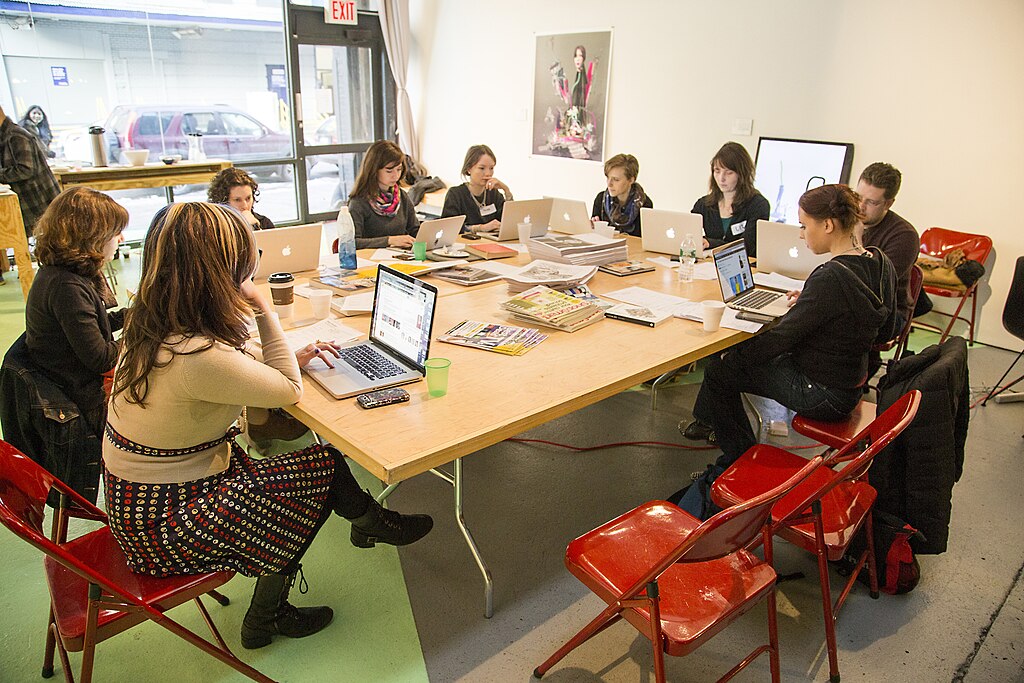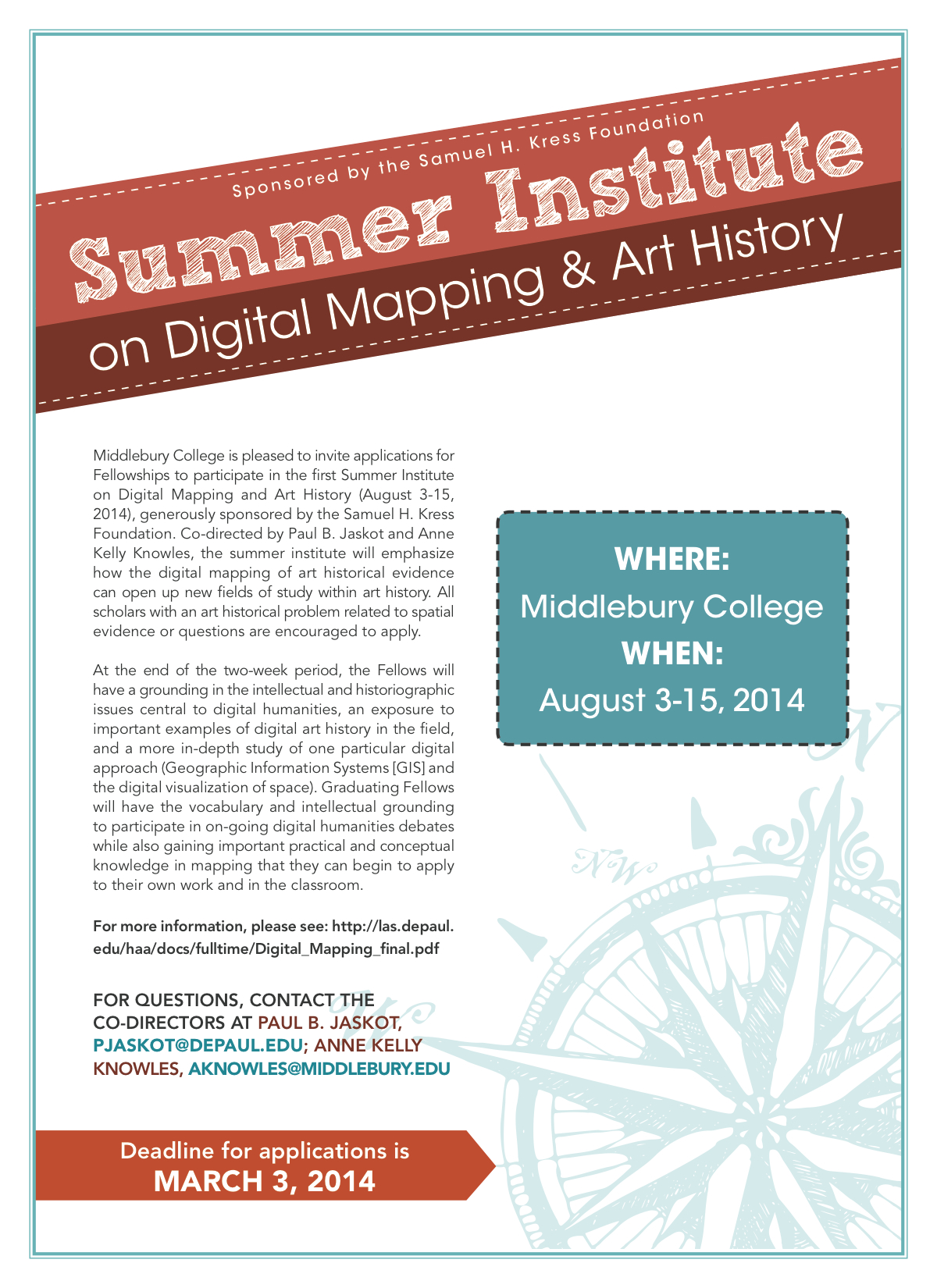Resources discussed:
Leonardo Reviews
www.leonardo.info/ldr.php
“Leonardo Reviews is the work of an international panel of scholars and professionals invited from a wide range of disciplines to review books, exhibitions, CD-ROMs, Web sites, and conferences. Collectively they represent an intellectual commitment to engaging with the emergent debates and manifestations that are the consequences of the convergence of the arts, science and technology.”
Anvil Acadmic
anvilacademic.org/
“Welcome to Anvil Academic, a pioneering, exclusively digital scholarly publisher. We bring the analog publishing world’s traditional editorial rigor to the emerging world of digitally mediated humanities scholarship.”
Ariah Online Publishing Prize
ariah.info/onlineprize.html
“This award, which carries a $1,000 prize, seeks to encourage and promote high scholarly standards in online publishing in all fields of art history.”
Scalar
scalar.usc.edu/
“The Alliance for Networking Visual Culture seeks to enrich the intellectual potential of our fields to inform understandings of an expanding array of visual practices as they are reshaped within digital culture, while also creating scholarly contexts for the use of digital media in film, media and visual studies. By working with humanities centers, scholarly societies, and key library, archive, and university press partners, we are investigating and developing sustainable platforms for publishing interactive and rich media scholarship.”
Update:
Digital Applications in Archaeology and Cultural Heritage
www.journals.elsevier.com/digital-applications-in-archaeology-and-cultural-heritage/
“Digital Applications in Archaeology and Cultural Heritage (DAACH) is an on-line, peer-reviewed journal in which scholars can publish 3D digital models of the world’s cultural heritage sites, monuments, and palaeoanthropological remains accompanied by associated academic articles.”
Issues discussed:
Rethinking peer review
Rethinking publication as goal
Rethinking of presenting scholarship in final, absolute form
Preserving and sharing research materials in enduring digital formats
Importance of DIY attitude
Potential of, but also what culturally discourages collaborative or crowdsourced research activities





